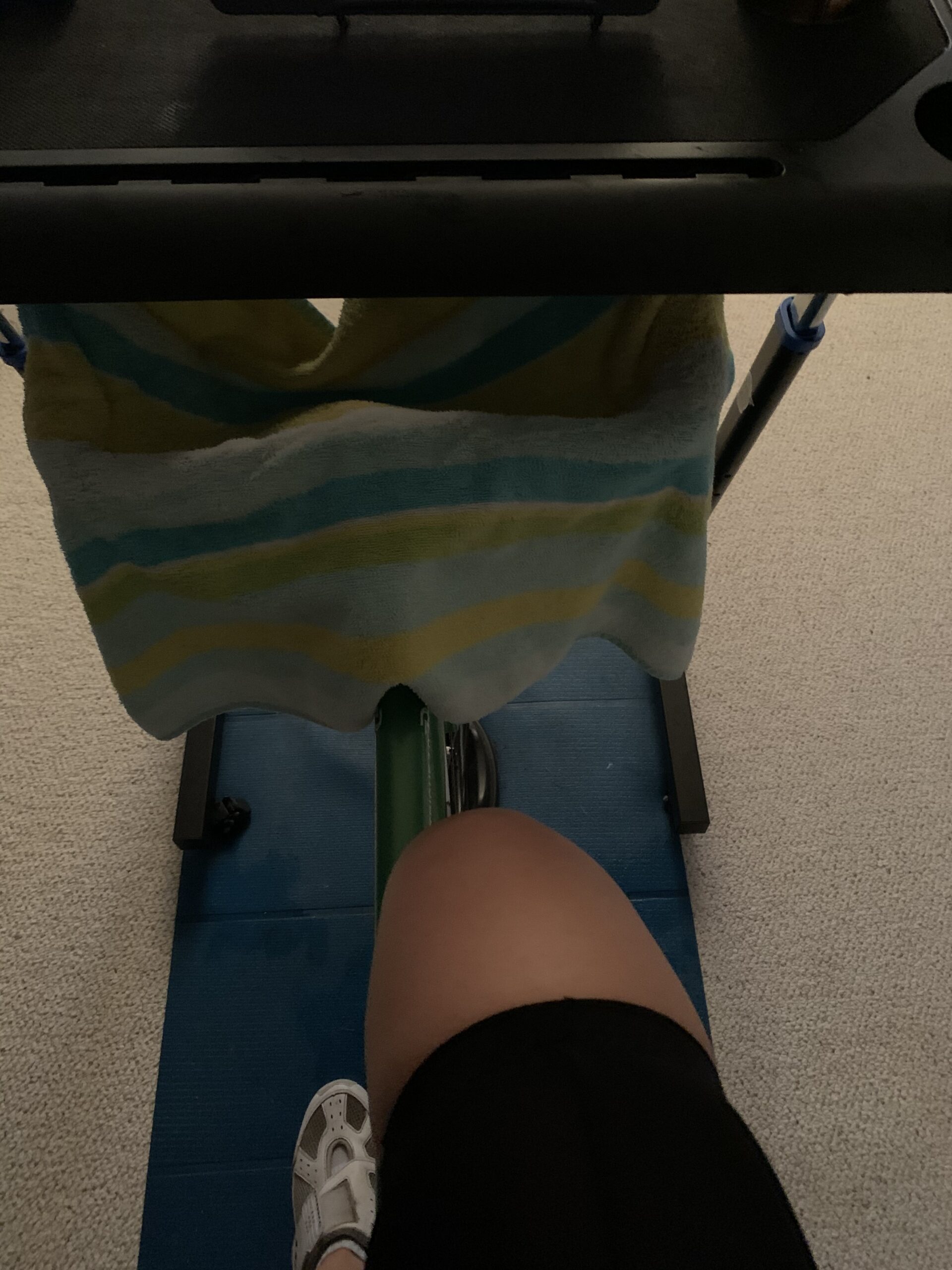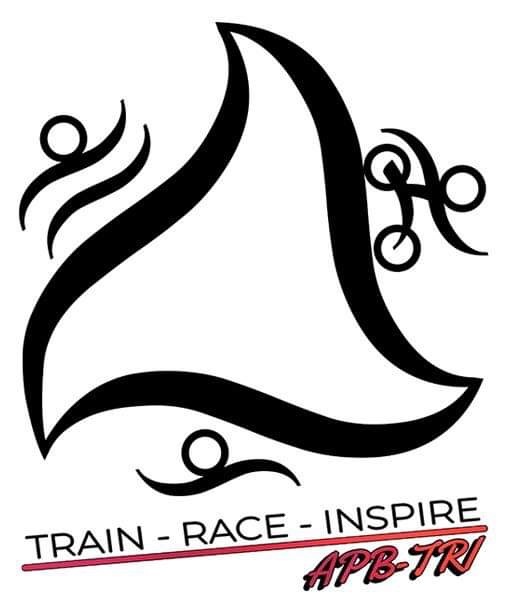Long ago, a friend of mine told me I should increase my pedaling cadence on the bike. From the get-go, I had mixed feelings. I mean he is a great cyclist, but is that still a good idea for a triathlete? On one hand, I had back pain issues and as I mentioned in a past blog article, it may be related to high resistance. On the other: I had tried keeping up with the high cadence and ended up feeling winded rather quickly. So what’s the deal?
Definition
Let’s start with this: pedaling cadence is how fast you crank the pedals. So how fast your spinning – not much to it, but it can make a world of difference.
How do I figure it out? Well, there are two approaches: high tech and low tech. In the high tech version, you do it on an indoor bike trainer with a gauge and it tells you. Low tech: just count how many times one of your knees (say right) comes up in a minute.
Why does pedaling cadence matter?
When you are riding a bike, your speed can be influenced by two factors: how fast you are spinning and how hard you are pushing on the pedals. For pretty much everybody, you can spin faster at an easier gear or slower while using a harder one. Personally, I can’t make up with the pace of spinning for drops in gears (but I’m working on it…).
Scientific research says that high gears (the ones that make pedaling harder) are more taxing on your muscle and burn through your glycogen stores. Tons of articles, such as this one, tell you to spin faster instead of harder.
Here is something to consider when spinning faster: you reach your ventilatory threshold (how much oxygen you take in) sooner, so you are tiring yourself out way too fast. The trick is to find how much oxygenated blood can your body send to the muscle.
On the other hand: this fast spinning is awesome for a sprint or a time trial, but what about longer distances? At some point, you are losing energy on moving your legs up and down. It doesn’t sound like much, but when you think about 100 RPMs for, say, 6 hours, that’s a lot of leg lifting! I found this fascinating article where the author points out that even pros lower their cadence with length of the planned race. Something to consider.
What is the optimal pedaling cadence?
I started my research by looking into pedaling cadence for cyclists. It basically said ‘learn to spin as fast as you can’ and talked frequently about Chris Froome (apparently you are required to mention him when writing about cadence. So here, I did it). Based on their advice, you should spin at 95-100 RPMs (revolutions per minute). Have you ever tried? I have. It’s not easy to move legs at that pace, especially while staying perfectly balanced. I kept wobbling around and started to question wisdom of this advice.
So maybe 100 RPMs won’t happen for me on a consistent basis. I always suspected that it’s just not in the stars for me. And guess what? After browsing through tons of articles written by triathlon coaches about their philosophies, I learned that it’s ok. And not just because for the longer distances efficiency is not there (like I mentioned above). You have to take your own body build into account. It was pointed out that fast spinning is for small, wiry cyclists. I may be short, but I have a… let’s call it ‘more substantial build’. And no, I am not saying I’m fat, far from it. I have thick bones and tend to have bulky muscle. I can only envy people with those small muscles. Science says: due to nature of your muscle, stick to using more power than cadence. Who am I to argue with science 😉
Bottom line
Cadence does matter and you should try to move it. However, you shouldn’t disregard force. Race distance and your body type play a role in determining how fast to spin those pedals.
BONUS: How to improve your pedaling cadence?

Whether you are going for super fast cadence or not, you may want to pick it up a bit. Fortunately, there is a way to do it.
Here, it all basically narrows down to drills, which can be done either on an indoor trainer, rollers or on the road. Personally, I prefer not to do them outside for a totally prosaic reason: terrain. You don’t want to hit that serious hill when you’re supposed to spin as fast as you can with minimum resistance…
So in various configurations, you basically drop resistance to the minimum and spin as fast as you can. Personally, I can tell you that it can get your blood pumping, too. If you want to sweat, it’s the way to go 😉. In all seriousness though: it will get your body to adjust to moving your legs faster.
